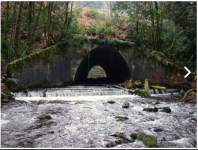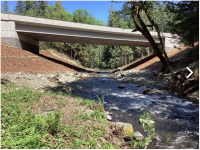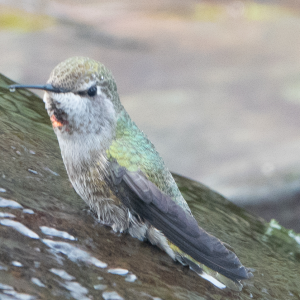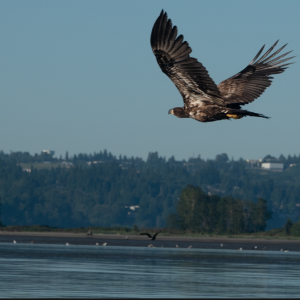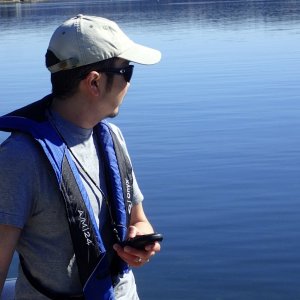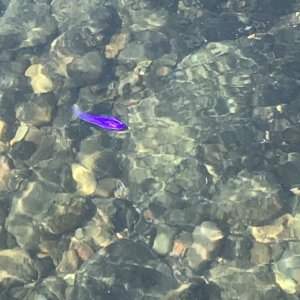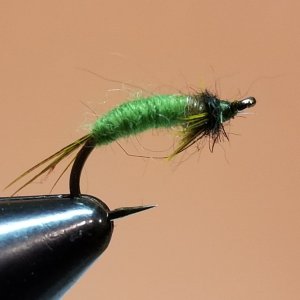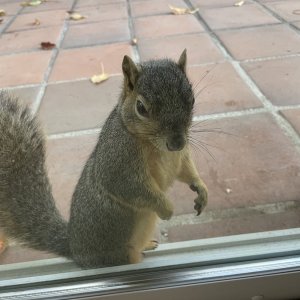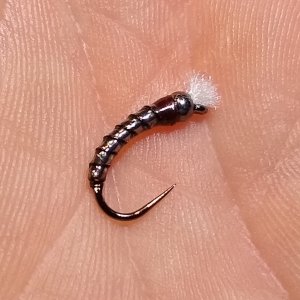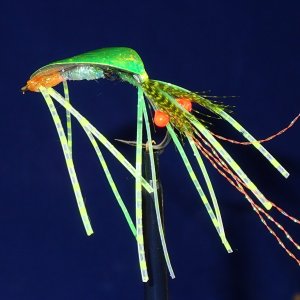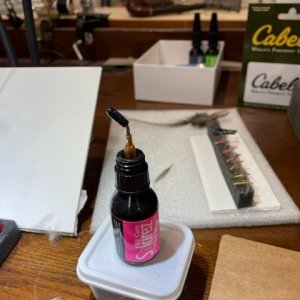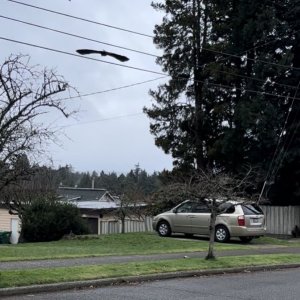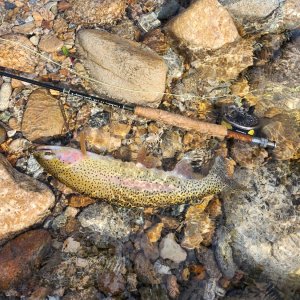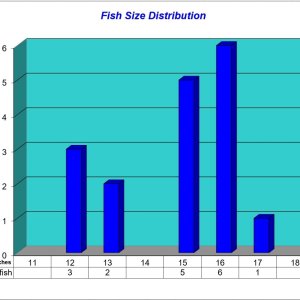Here is an interesting but perhaps not surprising take on a recent habitat restoration project attempted near me. I can neither deny nor confirm the veracity of the anecdotal information but personally found it to be credible.
I'm not sure I would go so far as to say it did the opposite. A shorter version of the story I typed up Sunday and I guess, accidentally deleted, is this: the Indian Creek bridge project WAS because of salmon restoration. The frustrating part, is that there was absolutely nothing structurally wrong with the bridge. My wife and I were there when they were jackhammering it out, and the DOT engineer was amazed at how stout it was built in 1920, and said there were no fractures...it was in excellent condition. What the fish biologists deemed a "partial obstruction", was actually a concrete drop off that formed a small waterfall (about 2 ft tall), about 40 ft downstream of the bridge, and was not connected at all to the bridge/tunnel (It was not a culvert, it was a concrete bridge/tunnel). It could have easily been removed without touching the bridge. I am an aluminum boatbuilder, and in fact, offered to build an aluminum fish ladder free of charge and bring my crane to help install it. For 5 years straight, after the Elwha dam removal, we had king and coho salmon spawning in our backyard, usually 8-15 or so fish. They said "just wait until the bridge comes out, you'll have hundreds!". Two seasons now, we've seen not a single king, and only one coho. The biologists are blaming the DOT engineers and contractor, but after pushing for this for years, I never saw any biologist there keeping an eye on things to make sure they got done right. We had much dealings with the DOT engineers and the contractors, both of whom treated us and our property with respect, and I believe tried hard to do the right things. The biologists say the gradient is too fast, not enough cover for the fish, etc. I don't think you'll ever see any articles about this part of the story, unless I tell it. The previous owner and ourselves, have allowed the biologist access to our property to take fish surveys for years. I do a lot of work with the tribes, I'm an avid fisherman, I'm intimately involved with that creek and the fisheries. That bridge did not need to be replaced; it seems to have made things worse for the returning salmon and was a monumental waste of OUR taxpayer dollars. There are many more details to the story, more than I can type at the moment...
I'm not sure I would go so far as to say it did the opposite. A shorter version of the story I typed up Sunday and I guess, accidentally deleted, is this: the Indian Creek bridge project WAS because of salmon restoration. The frustrating part, is that there was absolutely nothing structurally wrong with the bridge. My wife and I were there when they were jackhammering it out, and the DOT engineer was amazed at how stout it was built in 1920, and said there were no fractures...it was in excellent condition. What the fish biologists deemed a "partial obstruction", was actually a concrete drop off that formed a small waterfall (about 2 ft tall), about 40 ft downstream of the bridge, and was not connected at all to the bridge/tunnel (It was not a culvert, it was a concrete bridge/tunnel). It could have easily been removed without touching the bridge. I am an aluminum boatbuilder, and in fact, offered to build an aluminum fish ladder free of charge and bring my crane to help install it. For 5 years straight, after the Elwha dam removal, we had king and coho salmon spawning in our backyard, usually 8-15 or so fish. They said "just wait until the bridge comes out, you'll have hundreds!". Two seasons now, we've seen not a single king, and only one coho. The biologists are blaming the DOT engineers and contractor, but after pushing for this for years, I never saw any biologist there keeping an eye on things to make sure they got done right. We had much dealings with the DOT engineers and the contractors, both of whom treated us and our property with respect, and I believe tried hard to do the right things. The biologists say the gradient is too fast, not enough cover for the fish, etc. I don't think you'll ever see any articles about this part of the story, unless I tell it. The previous owner and ourselves, have allowed the biologist access to our property to take fish surveys for years. I do a lot of work with the tribes, I'm an avid fisherman, I'm intimately involved with that creek and the fisheries. That bridge did not need to be replaced; it seems to have made things worse for the returning salmon and was a monumental waste of OUR taxpayer dollars. There are many more details to the story, more than I can type at the moment...

